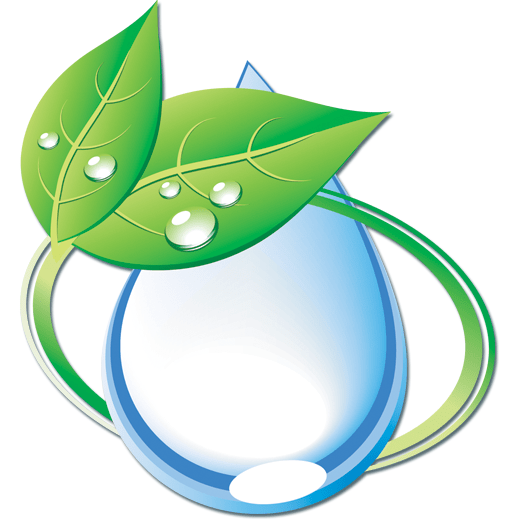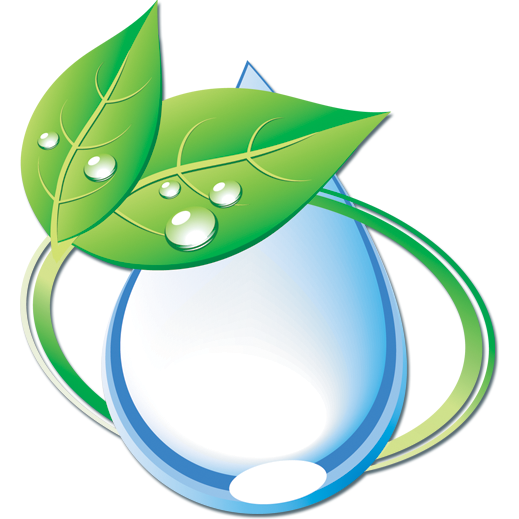Introduction
During the water damage mitigation process, trained professionals tackle mold, odor, and decay by quickly implementing strategies to prevent extensive damage. Secondary water damage management revolves around using industrial-grade dehumidifiers and air movers to dry the affected area, followed by conducting mold containment and remediation using HEPA filters and containment barriers. Professionals also remove and replace damaged porous materials, infected surfaces, and use post-restoration verification, like moisture mapping and thermal imaging, to ensure the property is safe, dry, and habitable.
The Ripple Effect: Best Strategies to Combat the Secondary Water Damage and Conquer Mold, Odor, and Decay
Do you know that incomplete or delayed cleanup of the initial moisture leads to the latent and often severe effects that arise after the water damage event, which include mold growth, structural rot, and compromised IAQ? While primary damage is visible, secondary water damage is that hidden, pervasive harm that develops over time as lingering moisture permeates building components and creates ideal conditions for mold and bacterial growth. Addressing the insidious secondary water damage is more complex and expensive than dealing with the initial water event, and requires professional remediation.
| Did you know? A recent study suggests that asthma associated with dampness and mold may be resistant to treatment, with symptoms potentially exacerbating during periods of increased outdoor air humidity and rainfall. Furthermore, this asthma may be linked to chronic obstructive pulmonary disease (COPD). |
Your home isn’t safe until you address secondary water damage. Here is your guide to handling it effectively and moving from panic to prevention.
Removing Damaged Materials
Professionals inspect the affected area and use moisture meters and infrared cameras to identify and locate all hidden moisture pockets and hidden contamination zones behind walls and floor boards. Discoloration, peeling wallpaper, and warped flooring are the common aesthetic signs of a decaying structure. For effective secondary water damage management, porous materials like carpets, drywalls, and insulation that can not be adequately cleaned and disinfected must be removed and discarded to prevent further warping and weakening of the structure.
Drying the Affected Area Thoroughly
Any delay in addressing the initial water intrusion allows more time for moisture to spread and for secondary issues to take hold. Professional services use professional-grade fans or air movers and dehumidifiers to circulate air and draw out moisture from the building structure and the air itself.
Disinfecting the Surfaces
The property needs a thorough and deep cleaning with anti-microbial cleaners. While decay, like rotted floor boards, wet drywall, corroded metal components, and weakened support beams, is removed during the secondary water damage treatment process, hard surfaces are sanitized and sterilized to prevent mildew and other contaminants from growing and spreading.
| Important factMedical studies have linked long-term exposure to mold with memory problems. Your home’s HVAC system can spread these contaminants to other areas of the home. |
Mold Containment and Remediation
Salvageable items are treated promptly and appropriately. Wet items are separated to prevent cross-contamination. If mold is present, physical containment barriers and HEPA filtration systems are used to prevent its spread during the removal process.
Addressing Odors
Mold can begin growing in as little as 24 to 48 hrs in damp conditions, negatively impacting respiratory health and allergies. Musty, lingering odors that permeate a home are difficult to remove. Persistent odors caused by mold and water are eliminated through professional cleaning, air purifiers, and the complete removal of the water-damaged source.
Rebuild and Verify
Damaged areas are rebuilt in this phase to restore them to their previous glory. Water damage, particularly mold infestations, and structural issues can significantly decrease the market value of your home. Final diagnostic tests, like moisture mapping and thermal imaging, are performed to ensure the entire area is completely safe and dry for reoccupancy.
Conclusion
Secondary water damage management revolves around addressing the latent effects that arise after an initial water damage event. To tackle mold, odor, and decay, professional restoration services use their experience and expertise to act fast, which is the most crucial factor preventing secondary damage. Time-tested strategies and industrial-grade equipment are used, which are far more effective than any household remedies for drying saturated building materials.
FAQs
Why do my eyes get irritated during rainy seasons?
Volatile organic compounds (VOCs) released by mold and bacteria during the rainy season contribute to indoor air pollution and can irritate the eyes, nose, and throat.
What are the common sources of moisture in any building?
Roof leaks, indoor plumbing leaks, outdoor drainage problems, damp basements and crawl spaces, steam from the bathroom or kitchen, and wet clothes drying inside the home can increase moisture levels and humidity in your home.
Are pests attracted by moisture?
Yes, pests are attracted to water-soaked surfaces and humid environments. The longer you let water sit, the more likely you’ll have the company of mosquitoes, termites, cockroaches, and silverfish.

